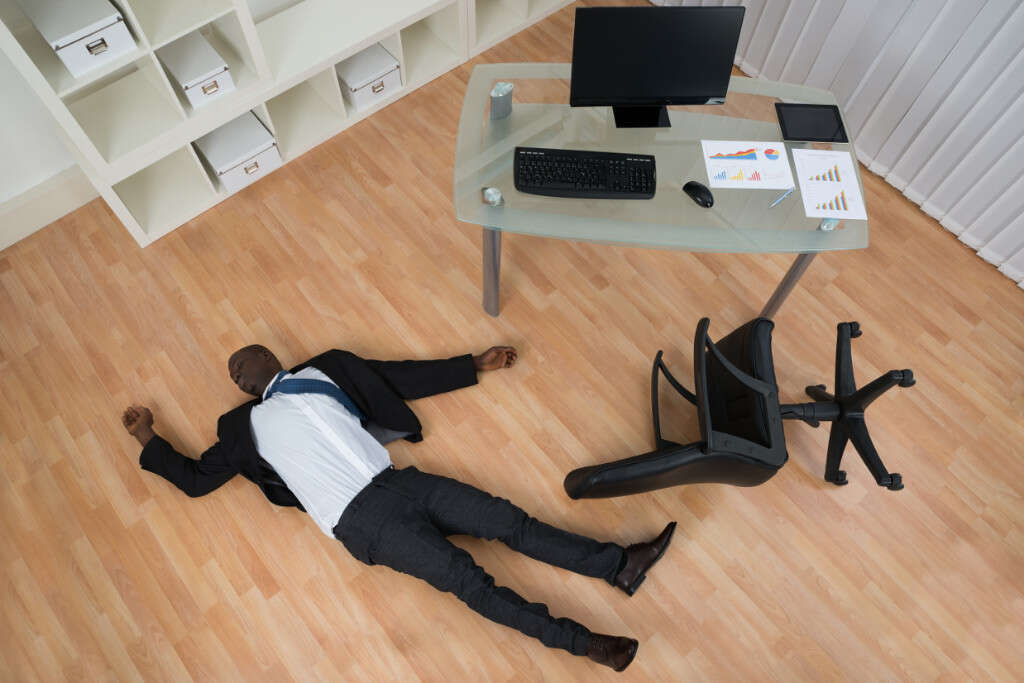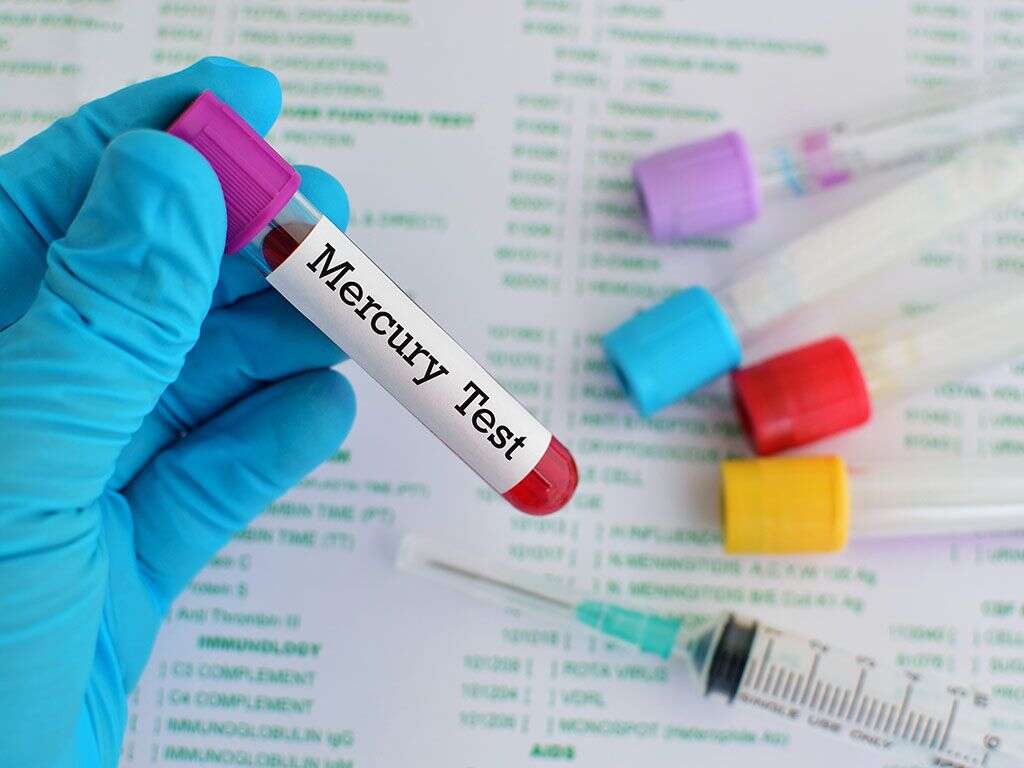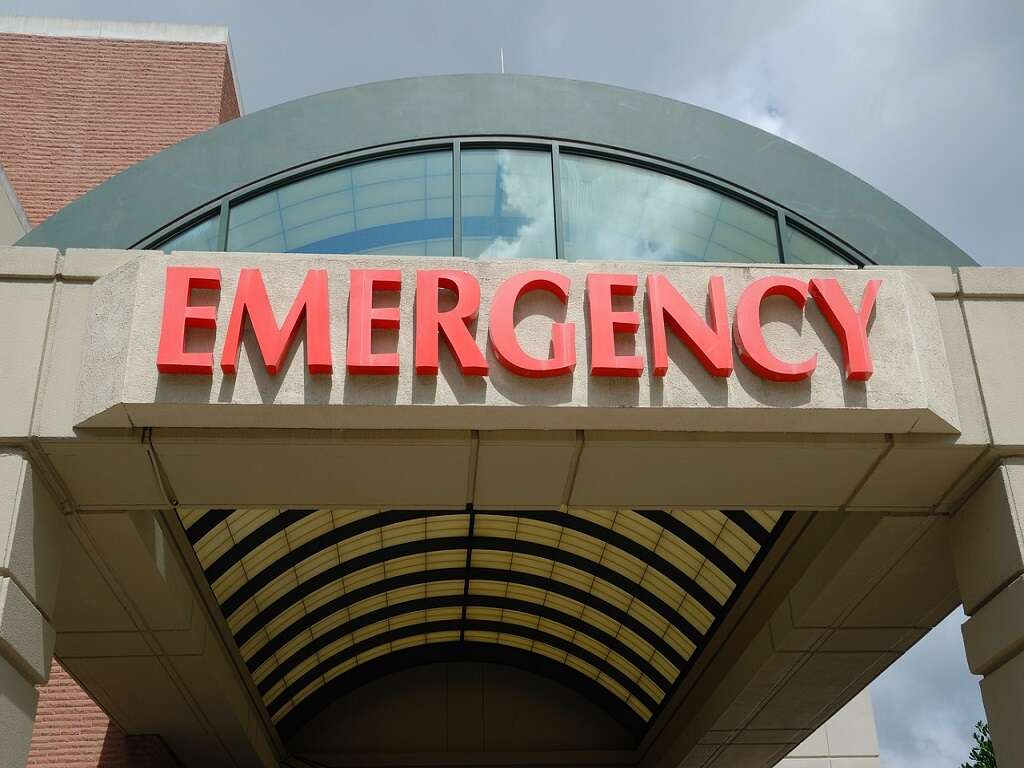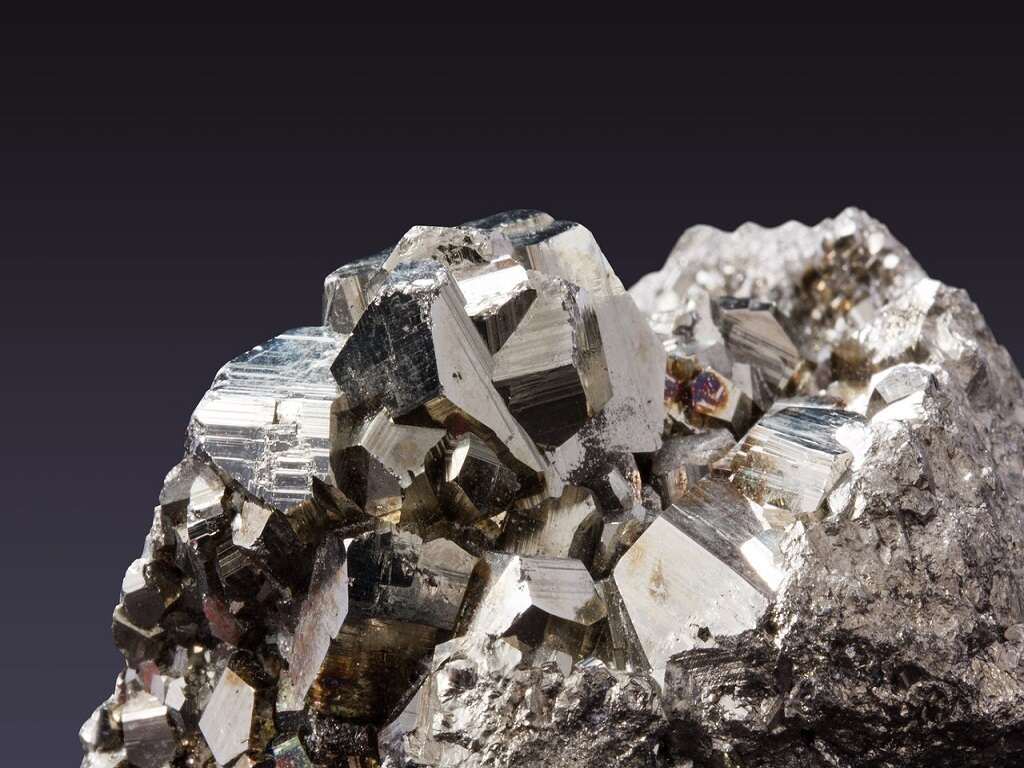10 Carbon Monoxide Poisoning Symptoms
Carbon monoxide is a fairly common gas. The vast majority of us are likely to be exposed to it quite often, but not usually in doses that are dangerous to us. It is commonly encountered as a by-product of burning fossil fuels, although it does occur naturally as well. For example, it can emanate from heaters, motor vehicles, or cooking appliances that work with carbon-based fuels. If carbon monoxide is produced in enclosed spaces, it can accumulate and reach dangerous levels.
Carbon monoxide binds with the hemoglobin in our red blood cells (carboxyhemoglobin), replacing the oxygen they carry. This is a problem for us because it then means our blood is unable to deliver enough oxygen to our tissues. Carbon monoxide toxicity is a dangerous condition, that can be life-threatening if not treated promptly. Carbon monoxide is often known as a silent killer because it is completely odorless. Frequently, it causes toxicity and death in people who inhale it while sleeping.
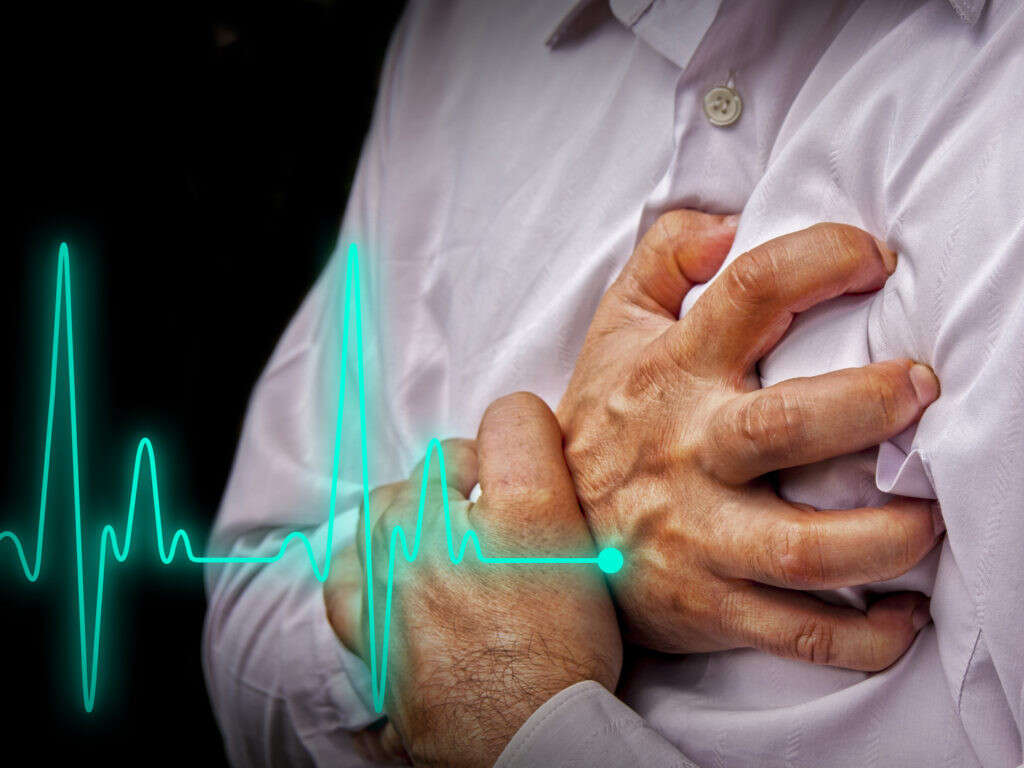
Symptom #1: Shortness of breath
Every time our lungs expand, they draw fresh air into them. This air is usually rich in oxygen, which is absorbed into the blood and then carried around the rest of the body. In some circumstances, such as after exercising, we will need to breathe harder in order to meet the higher demand for oxygen.
In the case of carbon monoxide poisoning, the lungs will be made to work harder to try and get more oxygen into the system. This will be in vain, though, because the hemoglobin that is tightly bound to carbon monoxide is not easily replaced at normal air oxygen concentrations (i.e.21% oxygen). When an intoxicated person is taken to the emergency department, they usually require standard oxygen therapy (100% oxygen) through a mask to decrease the levels of carboxyhemoglobin below 10%.
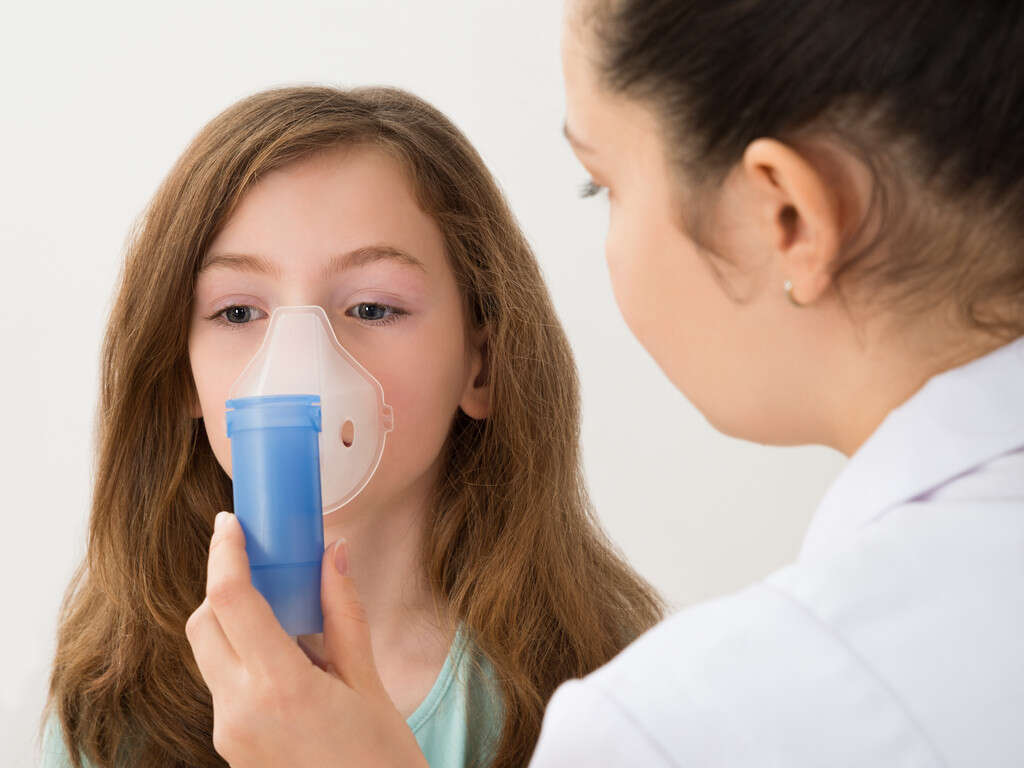
Symptom #2: Abdominal Pain
Somebody that has developed carbon monoxide poisoning will likely experience pain in the abdominal area. It is something that can be easily overlooked, although it is likely to be accompanied by other symptoms that can alert the physician to the fact that something is wrong.
If you and/or your family are experiencing abdominal pain alongside other symptoms of carbon monoxide poisoning, you should seek immediate medical attention.

Symptom #3: Headache
The vast majority of the time, we overlook headaches. We might reach for a painkiller, but we would not usually think it is something that might be dangerous. Sometimes, though, it can be a sign of a very dangerous condition indeed.
People with carbon monoxide poisoning will probably experience a headache. In fact, it is one of the most commonly reported symptoms in this condition. This headache is often described as throbbing and diffuse; however, there is no specific pattern that is characteristic to help in the diagnosis of carbon monoxide-induced headache. If you believe you were exposed to the gas and you are experiencing a headache along with other symptoms of acute carbon monoxide toxicity, seek immediate medical attention.

Symptom #4: Nausea
Nausea can be defined as the urge to vomit. It can appear suddenly, but in some cases, it can have an insidious onset. It is not unusual to begin to feel nauseous. It is often down to something we have eaten or maybe we are coming down with an illness. It is far from a pleasant experience and, in some cases, it can be debilitating. It is still often overlooked, although it can be a sign of a serious condition.
Nausea can be a manifestation of carbon monoxide poisoning; however, it is not specific for this condition. Thus, a person that experiences nausea along with other unspecific symptoms of carbon monoxide poisoning, must report any possible exposure to the gas to their healthcare provider.

Symptom #5: Dizziness
Dizziness is a wide term that involves a range of sensations. People with dizziness generally report a false sense that their surroundings are spinning or that they themselves are moving. People with dizziness may also report that they feel unsteady or off-balance.
Dizziness can be one of the first manifestations of carbon monoxide poisoning; however, it is not specific for this condition. In fact, in this stage, carbon monoxide poisoning is commonly confused with acute viral syndromes. It can also be associated with other unspecific symptoms such as lightheadedness, weakness, and confusion.

Symptom #6: Confusion
Dizziness is a wide term that involves a range of sensations. People with dizziness generally report a false sense that their surroundings are spinning or that they themselves are moving. People with dizziness may also report that they feel unsteady or off-balance.
Dizziness can be one of the first manifestations of carbon monoxide poisoning; however, it is not specific for this condition. In fact, in this stage, carbon monoxide poisoning is commonly confused with acute viral syndromes. It can also be associated with other unspecific symptoms such as lightheadedness, weakness, and confusion.

Symptom #7: Loss of Coordination
Even the simplest of tasks can require a great deal of coordination from us. Simply making a cup of coffee will require so much coordination from many of our muscles. If the brain is not working as well as it should, though, then even simple tasks can become much harder.
Coordination loss is a symptom of carbon monoxide poisoning; however, it is not specific for this condition. The reason for this loss of coordination is damage to the central nervous system and the brain, which can be very serious indeed.

Symptom #8: Chest Pain
Not all causes of chest pain are serious, but those that are can be fatal. The chest houses some of our most essential organs, including the lungs and the heart. Thus, chest pain can be a sign that there is a problem with the heart.
While the heart has the job of helping make sure the body gets the oxygen it needs, it also needs to be supplied with oxygen itself. In carbon monoxide poisoning, the oxygen delivery to the myocardium or the middle layer of the heart is reduced. Thus, acute injury to the cells of the myocardium can occur and cause several symptoms (i.e. palpitations, chest pain). Furthermore, this acute myocardial injury is linked with increased long-term mortality.

Symptom #9: Blurred vision
The eyes have a large oxygen demand compared with other body parts (except the brain). Thus, when they are exposed to acute or chronic carbon monoxide poisoning, serious effects on vision can be reported. Furthermore, if left untreated, some effects can become permanent.
Blurred vision, extreme light sensitivity, and double vision (diplopia) are some of the visual disturbances that can occur in carbon monoxide poisoning. Symptoms can either have a late-onset or they can present suddenly upon exposure to the gas. In some people with this condition, the physician, upon performing an eye exam, might notice a visual field loss or a loss in the entire area that can be seen by a person when their eye is fixed straight at a specific point. This and other signs of carbon monoxide poisoning on an ophthalmologic exam are rare.

Symptom #10: Hallucinations
Hallucinations refer to visual, auditory, olfactory, and/or gustatory perceptions in the absence of a real external stimulus. In short, a person with hallucinations vividly perceives a stimulus that does not exist outside their mind.
Hallucinations can occur as a manifestation of carbon monoxide poisoning; however, they are not specific for this condition. Furthermore, it is a rare manifestation of toxicity.
